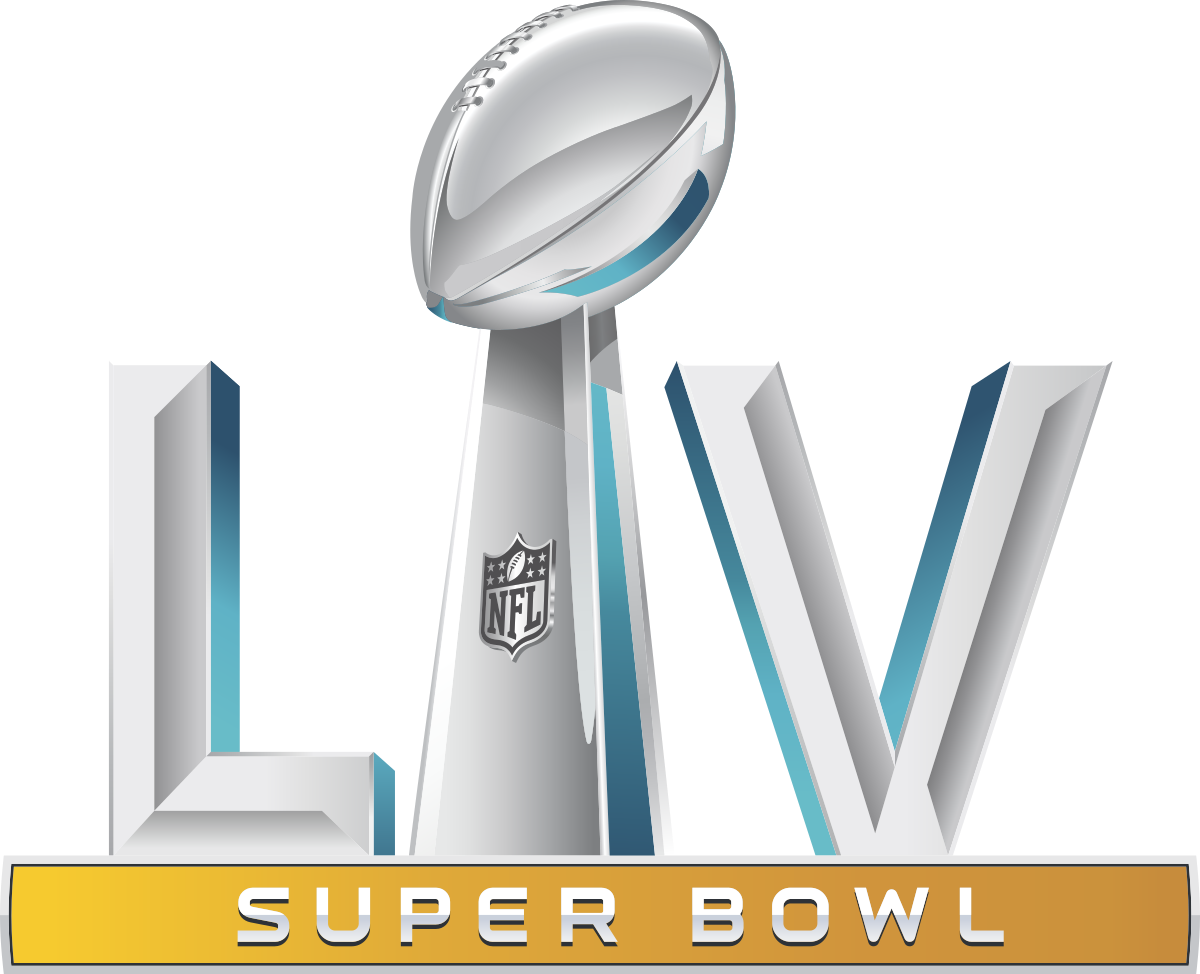While it’s a few hours too early to know how many millions of Americans watched this year’s Super Bowl, it’ll certainly be the biggest audience of the year, being the major television event. Even with the Tokyo Olympics still scheduled for this summer, there won’t be as many people watching at one time as there were during last night’s game.
In the US, the rights to be host broadcaster of the Super Bowl rotate around the rights holders – currently ABC (via ESPN), CBS, Fox and NBC. This year it was CBS’s turn, and as is always the case, they rolled out all the technical tricks they could to mount as an impressive a production as they were able to.
Now we do have account for this happening during a global pandemic, something that has affected the NFL as much as most sports. And from a TV production standpoint, that meant that this year there was no 4K feed of the game as there had been last year. I assume that’s because broadcasters are mostly running separate productions for 4K versions of events. In other words, there’s a separate director mixing camera angles – probably choosing from slightly fewer shot options. So they probably gave up on this to reduce the number of production staff required.
Prior to the game we learnt that CBS had 120 cameras covering the fixture:
These included a Trolley Cam that moved on a zipwire along the side of the pitch, a Movie Bird crane that you’d usually find on film productions giving sweeping shots and two Sony Venice cameras, 6K professional grade cameras designed for film and television production.
CBS employed them in the end zones, with the camera operators using them with a Steadicam rig (you see camera operators on the sidelines of football matches strapped into them to provide enormously stabilised footage when the operator is running the sidelines or into the end zone to capture players celebrating scores), or MOVI rigs (another stabilisation system).
CBS was employing these cameras (and reportedly the just announced Sony Alpha 1 camera) to “capture a dramatic cinematographic feel.”
What they really mean is to use the massive sensor on these cameras alongside a camera lens that is “wide open” (i.e. has a small f-stop in photographic terminology), to give a picture that has the subject in focus, but the background blurred – also known as shallow depth of field.
This is something that we’ve become very used to in the world of high end TV and cinema. Once upon a time, TV productions wouldn’t have used this style – the lenses would be expensive, and the set-ups, unless painstakingly organised would have been to achieve. But digital technology today means that we can all do it. The “portrait” mode on your phone’s camera app is doing a false version of it, using AI rather than the lens, but giving the same effect. It’s generally pleasing on the eye, and the viewer is not distracted by other things in the background which are out of focus.
But it’s not usually used in sports coverage. That’s because we generally want to have all the players in the shot in focus, not just whoever’s got the ball. In most sports, the players will be potentially many metres apart, and viewers want to be able to see all the players in focus in case the action switches to them. So the big TV cameras used for sport shoot everything much “flatter” – that is, they keep everything in focus with a smaller aperture (larger f-stop number). A Go-Pro camera, for example, will do the same thing.
So when CBS (and Fox in earlier games in this season’s NFL) employed these cameras in the end zones, it was first of all quite a different look to the rest of the production where everything is in focus. Usually, you settle on a style for a production and stick to it – not mixing things up with just some shots.
But the real problem isn’t the style (also employed more and more in sports video games incidentally), it’s the technical challenges with shooting wide open, even with these state of the art cameras from the world’s best TV camera manufacturers. Because it you shoot with a shallow depth of field like this – keeping the subject in focus, but blurring everything else – you have to be insanely careful with your focussing.
When a movie uses these techniques, the scenes are blocked out in advance – actors have hit their “marks” (literally bits of tape on the floor sometimes), and everyone knows that character A is going to move to point B during a scene. The focus puller on the camera is ready and can dial it in. We get that cinematic shot.
With live sports, nobody knows what’s going to happen next. You have a mobile camera operator running onto the pitch trying to capture random touchdown celebrations, and they have to be incredibly skilled to get the focusing just right, or hope that their camera’s autofocus functionality is really good. Because the shots are “wide open”, the difference between being in and out of focus might be just a couple of feet or less.
What I noticed last night is that if a group of players surrounded the scorer to congratulate him, the autofocus system really didn’t know who to focus on. A bit like your consumer digital camera “hunting around” to find the focus point. Should it be the person standing off to one side nearer the camera or the one in the middle but further back?
Newer cameras have all kinds of AI built in to try to help the operator and try to establish a scene’s subject – they look for people’s eyes as a rule (and increasingly animals’ eyes too!). But helmeted players who may have their backs to you are a tougher nut to crack.
What this all meant was that more often than not – the pictures were just out of focus. And given that TV sets are getting larger and larger, that becomes all the more apparent to viewers.
It’s not just the Super Bowl of course, I’ve noticed more issues with focusing the bigger my TV set has become. Far too frequently in sports post-match interviews, the focus point drifts to the advertising hoarding behind the player rather than the player themselves. You see it news pieces too. And that’s without shooting wide open.
Shallow depth of field can be great when it’s used well, but that “cinematic feel” seems better suited to – well – cinema productions or high end dramas rather than live sports. When you’re covering a prestige event like the Super Bowl, keeping your shots in focus is the bare minimum.
Which brings us to sound…
I’m not talking about the game here. I’m talking about the Halftime Show, this year featuring The Weeknd. This is a big deal in the music industry, and there’s always anticipation about who’s doing it – what guests they’ve got, and which songs they’ll cover in a tightly choreographed 14 minutes or so.
The Weeknd seemed like a good option, Blinded By the Light being played everywhere, and visually it was good, with plenty of dancers even in these socially distanced times which must have been complicated to put together.
But the sound? That was awful.
Now I wouldn’t pretend to know exactly the technical challenges on a show like this. They have to wheel out a big set in a few minutes, and get everything in place for what is really a brief break in play.
But I’m pretty sure that the sound for these things is usually a little – er – “augmented.” I’m not saying he was miming, but there’s no real excuse for the sound not technically sounding tight. This is first and foremost a TV production, not something for fans in the stadium.
Yet what we got sounded at its worst, like a music performance being pumped through a generic stadium’s PA stadium. There was a lack of bass, and his vocals were slightly lost in the mix.
It was just poor and didn’t sound as “pumping” as I know he should sound.
I did wonder if it was a problem with the mix that UK broadcasters were getting. I flipped between BBC One and Sky, and it was basically the same. But listening back now on YouTube, the flaws are all there on that version too. And there were plenty of comments on Twitter from US watchers.
Really disappointing all round.
As for the game? Well that wasn’t the match-up we’d been hoping for. I went to bed in the third quarter.
[Update: 10 February – I’m not alone in my views. Here’s a piece from a pro-video shooters’ website.]

